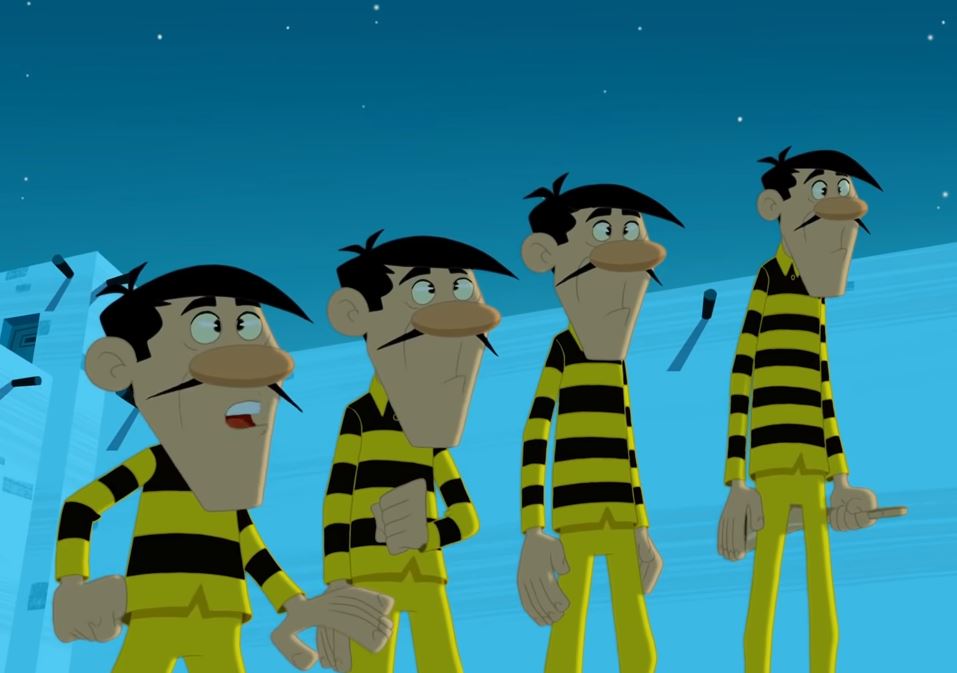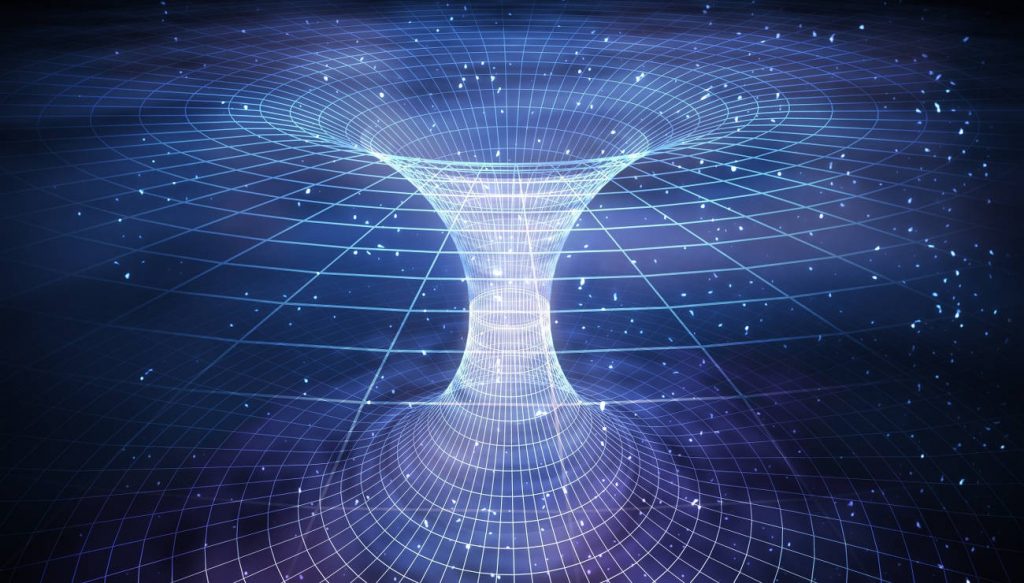Decades ago, Albert Einstein developed a theory that not only does space skew, it skews as well. It turns out that this idea – called parallel theory of gravity – which the scientific community has abandoned in favor of general relativity and quantum theory, can solve many of the major problems in cosmology that arise today.
Halfway through his career, Albert Einstein became convinced that his grand theory of general relativity – which describes gravity not as a force, but as a manifestation of the curvature of space-time – had missed something. Yes, space is distorted and curved, but not as initially thought. Taking into account the true warping of space, he believed that it was possible to come up with a great unified theory of physics, a hypothetical “theory of everything”.
However, the physicist did not delve into this idea, and therefore fell into oblivion. But today, nearly a century later, some intractable astrophysical problems (such as dark matter and energy, among others) have caused scientists to question all previously established and accepted theories; Perhaps the key to all these unexplained problems lies in another understanding of space. Thus, they could lead to a re-examination of Einstein’s forgotten theory.
The new theory of gravity involves the twisting of the universe
It now appears that if space were to twist in addition to curvature, many of the most complex problems in physics could disappear.
According to physicist John Wheeler, Einstein’s theory of relativity, developed in 1915, can be summed up in a few words: ” Time and space tell matter how to move; Matter tells spacetime how to bend One way to mentally visualize this theory of relativity is to represent space-time in three dimensions as a stretched trampoline canvas that deforms under the weight of objects placed on it: If the canvas is well stretched, the object’s light will generate almost nothing. On the other hand, if we add something heavier in the center, it will “sink” into the canvas, and a lighter object will tend to skew towards that heavy object.
In other words, the presence of matter (mass) changes the geometry of spacetime and this distortion in turn tells matter how to move. Another essential element of general relativity: the equivalence principle, according to which the effects of the gravitational field are locally identical to the effects of the acceleration of the observer’s frame of reference (gravity and acceleration are indistinguishable).
Then, in the 1920s, Einstein and other theoretical physicists laid the foundation for quantum theory, which helped describe the behavior of atoms and subatomic particles, their interactions, and some properties of electromagnetic radiation. It follows from this theory that for a particular particle it is impossible to know its exact position and velocity at the same time (this is the uncertainty principle) – an uncertainty that Einstein could not accept.
Thus began work on an alternative theory of electromagnetism. In general relativity, Einstein discovered that using the 4D version of curvature to describe spacetime works perfectly. His idea was to develop a new version of his theory using torsion and to check if this could explain both gravity and electromagnetism (the latter governed by Maxwell’s equations).
According to this new hypothesis, massive objects and charged objects cause spacetime to twist beneath them, in slightly different ways: one leads to electromagnetism, the other leads to gravity. This theory, known as “remote parallel gravity,” was published in 1928. However, it ultimately failed to convincingly explain electromagnetism.
As a result of string theory?
With general relativity and quantum theory enjoying all the attention of the scientific community, interest in parallel gravity — which aims to unite all of nature’s forces — has waned rapidly. While general relativity and quantum theory continue to be affirmed on numerous occasions today, they cannot provide a complete description of reality because they are mutually incompatible and powerless in the face of some of the mysteries of the universe.
While general relativity supports the existence of black holes, it completely breaks down when it tries to describe their unique cores. Likewise, it is impossible to describe gravity on such a subatomic scale where quantum mechanics dominates: on this scale, when gravity becomes strong and at a short scale, general relativity no longer holds.
Nor can these two theories explain the accelerating rate of expansion of the universe. Only a hypothetical substance, dark energy, can provide a reliable solution. In addition, the rate of expansion itself, the Hubble constant, poses a problem: the two methods used to measure it—from the diffuse cosmic background and from smaller stars—offer different results.
In the end, either the universe contains mysterious matter that can explain everything, or gravity doesn’t work the way we thought it would. At present, physicists do not believe that parallel gravity can unify physics, but it could be an interesting candidate for a new theory of gravity, even better than general relativity.
Recently, however, theorists began Connecting remote parallel gravity to string theory One of the approaches to quantum gravity, which says that all the forces and energy of the universe come from the vibrations of invisible strings. In their work, they show how parallel gravity can be a consequence of string theory. This is an important idea, because string theory should be able to explain all the laws of physics, and if parallel gravity is a better version of general relativity and turns out to be true, then it would be possible to derive remote parallelism from mathematics from string theory.
However, the latter has not been considered an established theory and some points are still debated among scholars. But if one day we can improve this approach so that it provides an impeccable description of the real world, perhaps we will achieve the theory of everything Einstein dreamed of.

“Music guru. Incurable web practitioner. Thinker. Lifelong zombie junkie. Tv buff. Typical organizer. Evil beer scholar.”







More Stories
Why do leafhoppers reflect little light?
Bacteria brought into space mutated and became stronger on board the International Space Station, study finds
Sperm for science used in fertilization: already 16 contacts